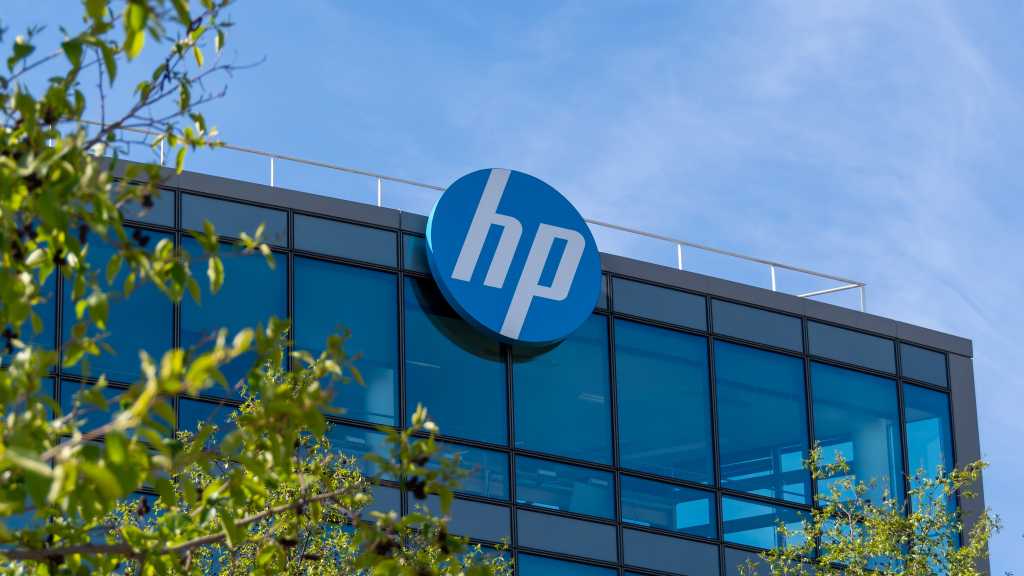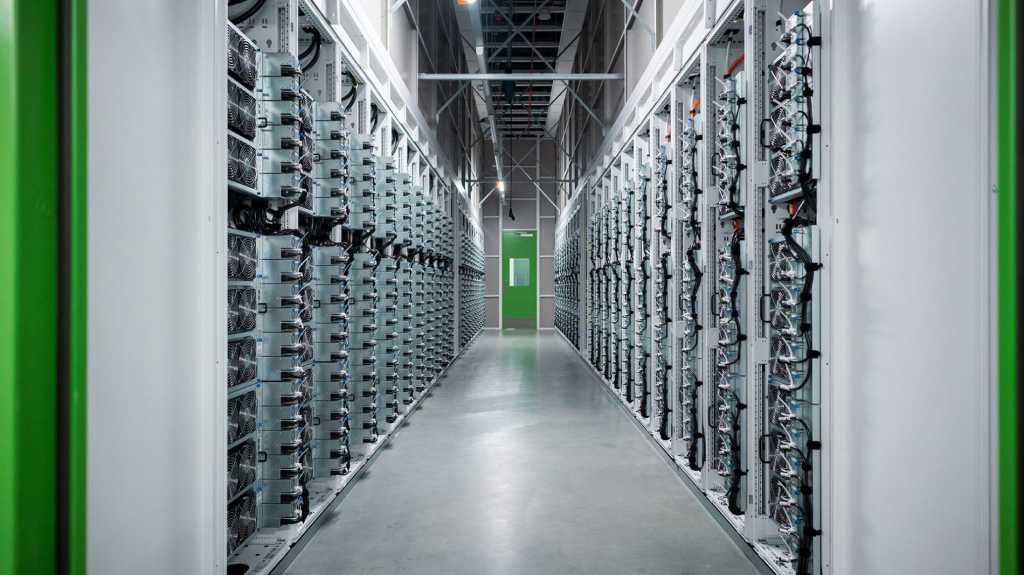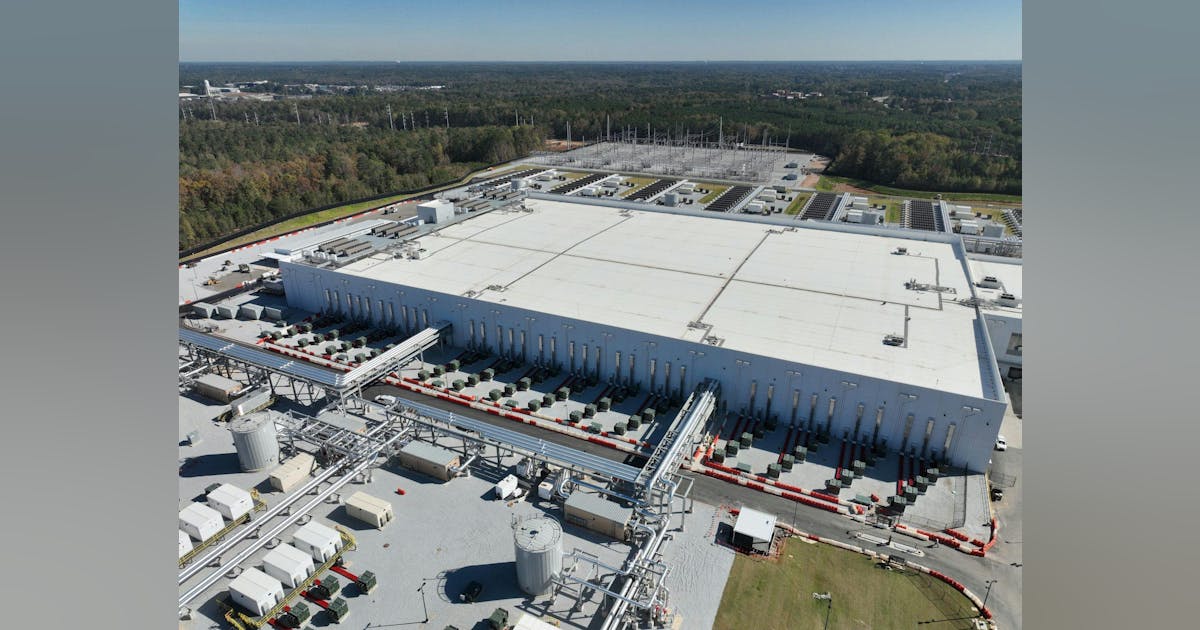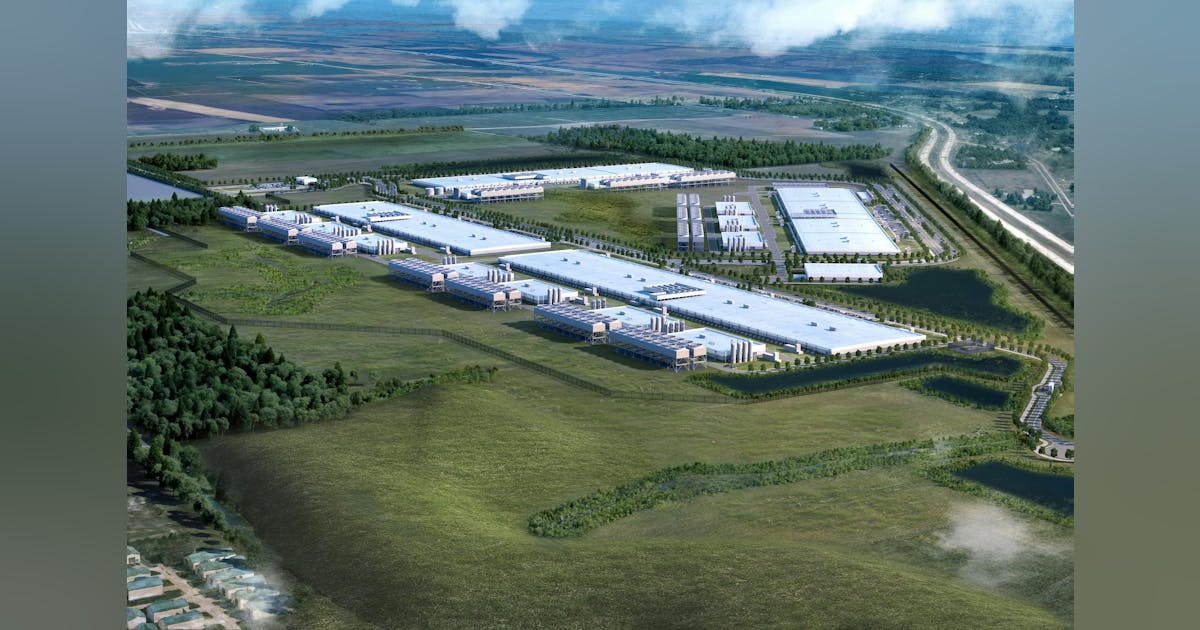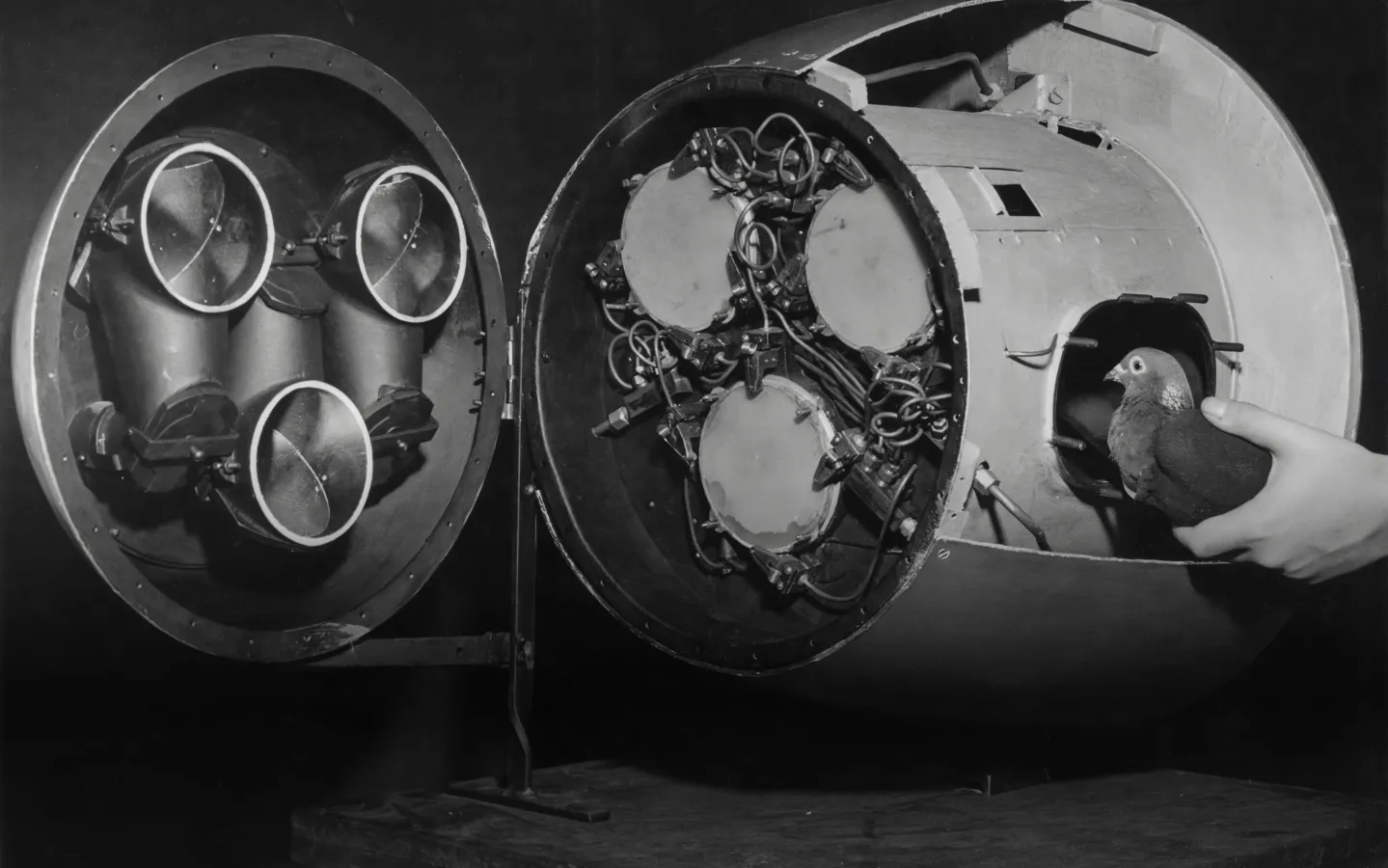
Brazilian oil major Petrobras announced a 2% decrease in its next five-year investment plan to $109 billion, putting dividend payments in doubt at a time of lower oil prices. Shares fell.
The state-controlled oil producer is caught between the government’s desire to grow the economy – especially ahead of a 2026 presidential election – and investors who demand high dividends and low debt. While Petrobras announced a regular dividend payout of at least $45 billion for the 2026-2030 period, similar to the previous plan, it didn’t commit to pay any extraordinary payouts to shareholders.
Petrobras shares slid as much as 3.4% in Sao Paulo on Friday, the largest intraday drop since August, while Brent prices were are slightly lower.
“The absence of short-term capex optimization could result in single-digit dividend yields ,” Itau Unibanco Holding SA said in a note to clients. “This could be perceived as disappointing by investors.”
Petroleo Brasileiro SA, as it is formally known, will direct $91 billion of the total capital expenditure to projects under implementation, of which $10 billion will still need budget confirmation subject to a financing analysis. The rest is still under analysis “with a lower degree of maturity,” it said in a filing on Thursday.
The spending plan is being closely watched by investors as it has an important political dimension in Brazil. The company is a major source of cash for the federal budget. It is the first time Petrobras has reduced its five-year budget after President Luiz Inacio Lula da Silva took office in 2023.
The previous plan was based on an oil price assumption of $83 a barrel, while Brent crude is currently trading near $63.
Petrobras earmarked 71.6% of the 2026-2030 plan, or $78 billion, for exploration and production. That includes boosting output at its deep-water fields in the so-called pre-salt region, while also exploring new areas in Brazil and abroad.
The Rio de Janeiro-based company’s plan includes eight new offshore production units by 2030, and an additional 10 production vessels that are being considered for after 2030. It expects to drill 15 wells at Brazil’s Equatorial Margin — an offshore region where it recently got a permit for its first well — and is hoping to find discoveries similar to the ones Exxon Mobil Corp. has made off the coast of Guyana.
Oil Production
Oil production is expected to peak at 2.7 million barrels a day by 2028, up from a previous plan ceiling. Petrobras also raised the short-term target to 2.5 million barrels of oil a day next year from the previous 2.4 million, potentially adding to a global glut at a time when the International Energy Agency is concerned about oversupply.
Refining and related business lines such as fertilizers and logistics will account for about $20 billion of spending over the next five years. Petrobras is developing a portfolio of renewable fuels in an effort to decarbonize industries including shipping and aviation. The company said it will not build new refineries.
Planned spending on gas and low-carbon projects is at $4 billion, driven by biofuels, biomethane and a return to ethanol production. Petrobras is looking at taking preferably strategic minority partnerships or shared control with relevant players in these areas, it said.
Petrobras kept its debt ceiling at $75 billion.
The plan “could make investors more skeptical toward the Petrobras investment thesis, as it shows a tight financial situation amid lower Brent prices, despite solid operating performance,” BTG analyst Gustavo Cunha wrote in a report, noting that Petrobras’s outlook now depends even more on a decline in Brazil’s sovereign risk heading into the 2026 elections.
WHAT DO YOU THINK?
Generated by readers, the comments included herein do not reflect the views and opinions of Rigzone. All comments are subject to editorial review. Off-topic, inappropriate or insulting comments will be removed.



